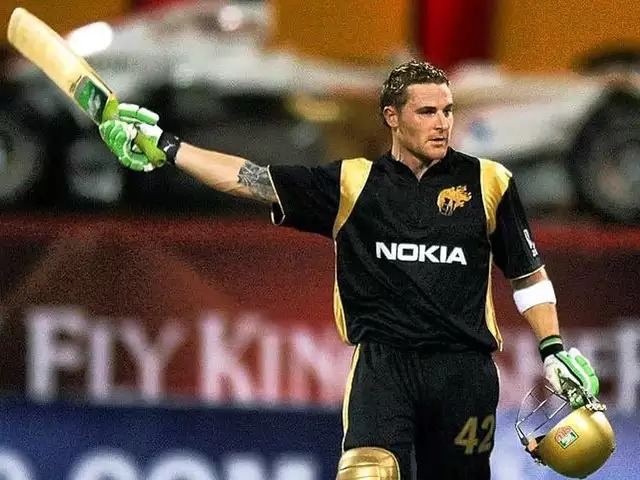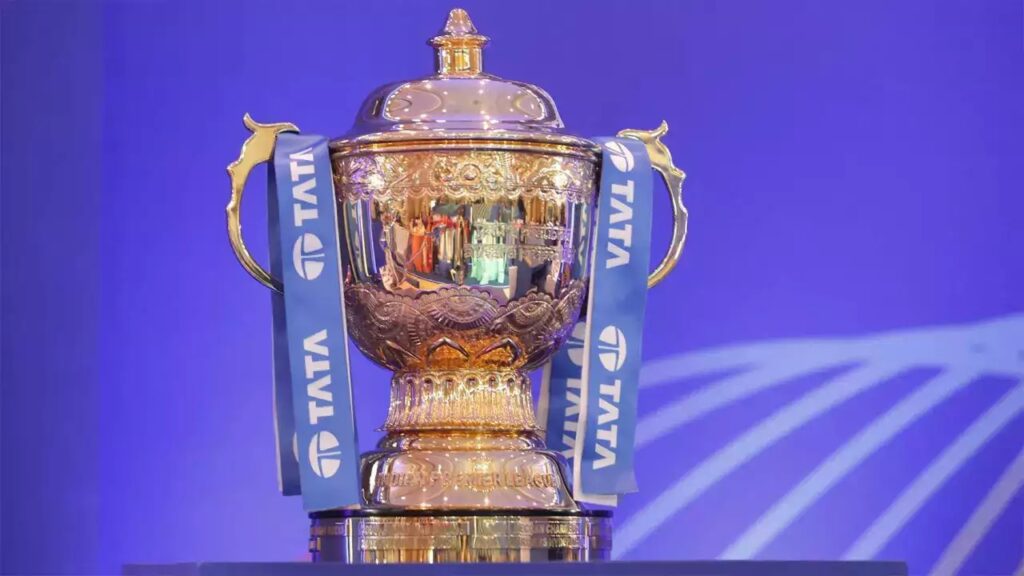
16th anniversary of the IPL- 18 April 2008- 18 April 2023.
When the legendary Arthur Morris, key member of Don Bradman’s invincible team of the 1940s, was asked what he got out of playing cricket, his answer was startling.
Morris negotiated the question with a single-word retort: ‘Poverty’.
With the onset of a cricketing revolution courtesy of the Indian Premier League, contemporary cricketers will have a radically different answer to a similar question. Most, it can be conjectured, will suggest with a welcome smile, “We became millionaires.” And it all started exactly 16 years earlier, on April 18, 2008.
“It changed my life. And it was as if it was destined. Someone else could have opened for KKR. It happened to be me. Dada (Sourav Ganguly) too told me after the knock that my life wouldn’t be the same again. That’s when I realised I had done something special,” remembered Brendon McCullum, the star of the first day first show who had smashed a brilliant 158 not out for KKR against RCB.
In fact, with that innings everything changed. Scepticism gave way to awe, and it was evident to all that the IPL was here to stay.
It is indeed a great story. For at the start the IPL was no more than an idea. That’s what Lalit Modi was selling. Team owners weren’t buying a physical asset of any sort like a stadium, which continued to be owned by state associations or government agencies. All they were buying into was a vision. To spend hundreds of crores on an idea took some doing and it was natural that Modi had to convince each team owner personally. From a valuation of Rs. 300 crores per team in 2008 to Rs. 7000 crores in 16 years has been quite a journey.
It was around 4 p.m. on April 18, 2008, and I was right outside the M Chinnaswamy Stadium in Bengaluru trying to gauge the mood of the crowd that was starting to build up. I had been a sceptic and was not sure if anything except nationalism worked in Indian cricket. For, in India, we don’t really consume cricket. Rather, we consume spectacle.
We don’t watch the Ranji Trophy, the national championship for cricket in India featuring the best of domestic talent. We don’t watch the Duleep Trophy, yet another premier domestic tournament. We only watched the Indian national team play and that’s where the scepticism was coming from.
Will the IPL, pitching one city against another and involving the world’s best players, capture Indian public imagination?
Frankly, when Modi had set off planning the IPL, all he had in front of him was case studies of a few American and British leagues. He had extensively studied how the NFL and the MLB worked in the US and planned to take the best practices from each to create something unique for the Indian market.
With the ZEE network led by Subhas Chandra already on the start line with the launch of the Indian Cricket League in April 2007, Modi was faced with stiff competition in trying to accomplish his vision. While he was seeking an alternate model that worked in India, he knew that Indians had little or no regard for domestic cricket. The BCCI also knew that for a league like the IPL to work in India, matches had to be played prime time and they had to rope in the best players globally.
The problem was the players were already overworked. Calls of a burnout were rife and to expect them to play for two more months non-stop was unrealistic unless the BCCI was able to sweeten the deal by paying them monies they had never earned before.
Modi also had to work on franchise owners and the first thing he had to do was convince franchise them of what they owned. A franchise-based league was alien to the Indian market and in the absence of a physical asset a lot of the owners were not convinced to start with. “Some of them asked Lalit what they were owning. While he expected them to spend $60 million for a franchise, he needed to explain to them what they were getting in return for the money spent and how they were supposed to recover the money,” said a senior BCCI functionary, not wanting to be named.
It was all very exotic. On the day of the auction, for example, the Indians who were playing the CB series in Australia could hardly concentrate. “It was a non-match day and each one of us was curious. The auction wasn’t being shown in Australia and all of us were following it online. And each time someone was picked up by a team, we went to his room to congratulate. There was huge excitement among us all but no one really knew it will become this big,” recounted Piyush Chawla one of the most successful spinners in IPL history.
What the IPL got right was the formula. Matches played between city teams on a home and away basis with stars and industrialists owning teams was a brand new innovation in Indian cricket. Should franchises be assigned icon players or should they go under the hammer was a key question the IPL had to answer.
How would it look if Sachin Tendulkar was bought by a franchise other than Mumbai Indians? Or Sourav Ganguly was picked up by anyone except the Kolkata Knight Riders? Would such things end up dividing fan loyalty and would such a move go down well with the fans? Sachin was very Mumbai and to force him out of his comfort zone wasn’t the best call and that’s what prompted the BCCI to take the franchise owners into confidence and assign icon players to some of them.
Their values also had to be pre-decided and they couldn’t be paid less than anyone in the auction either. This is where the IPL was unique. While it was borrowing the best practices from the Western leagues, it remained very Indian in its core with Indian sensitivity impacting key decision making.
This has remained a constant with the league and as it celebrates its 16th anniversary it is fair to say that April 18, 2008 was a day when world cricket changed forever. For the better.




